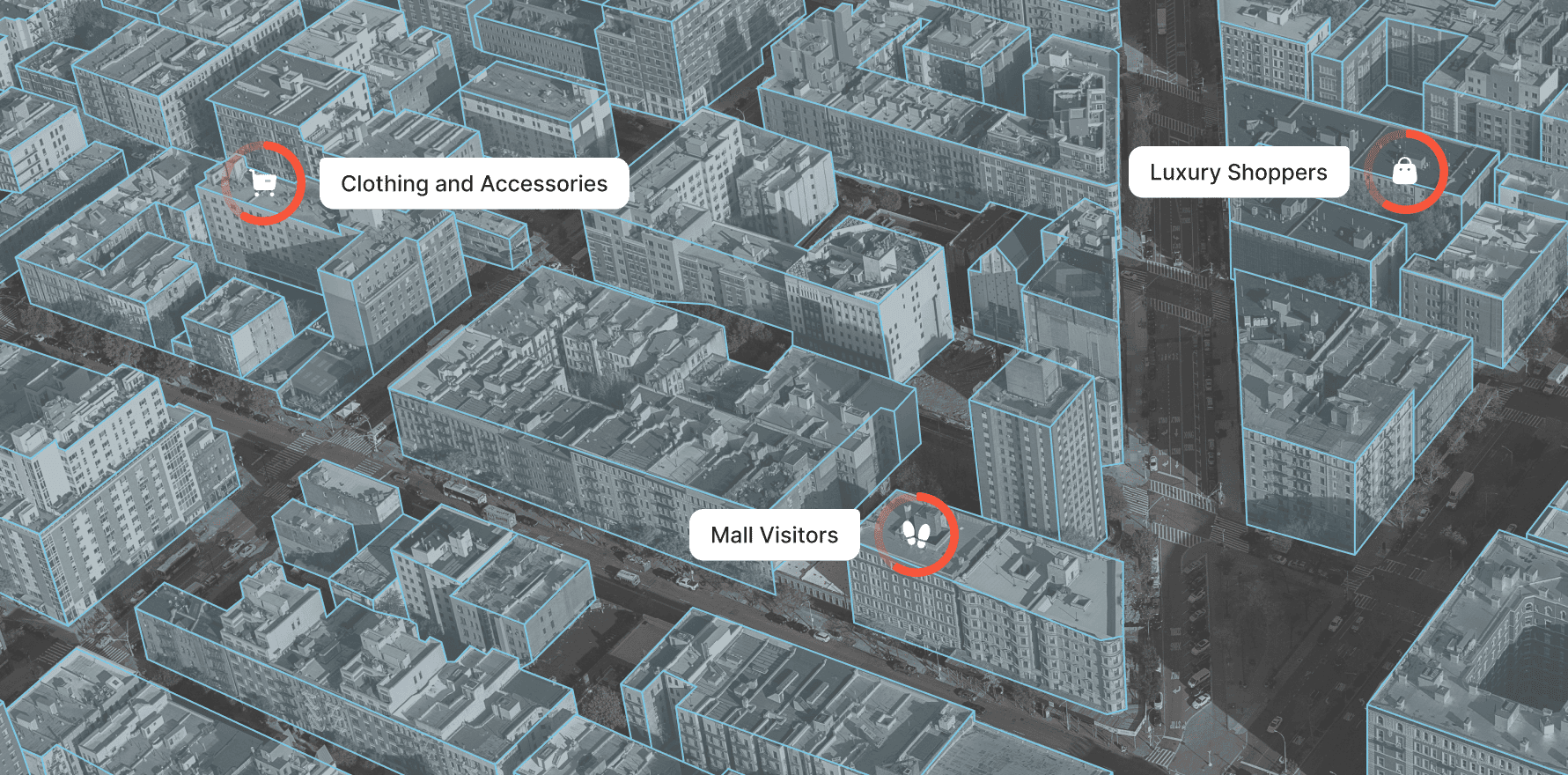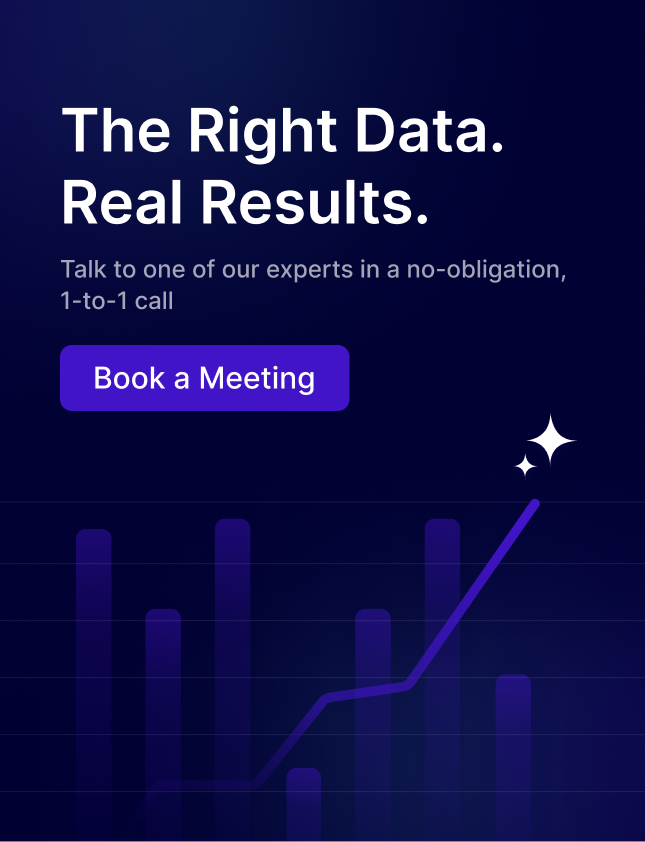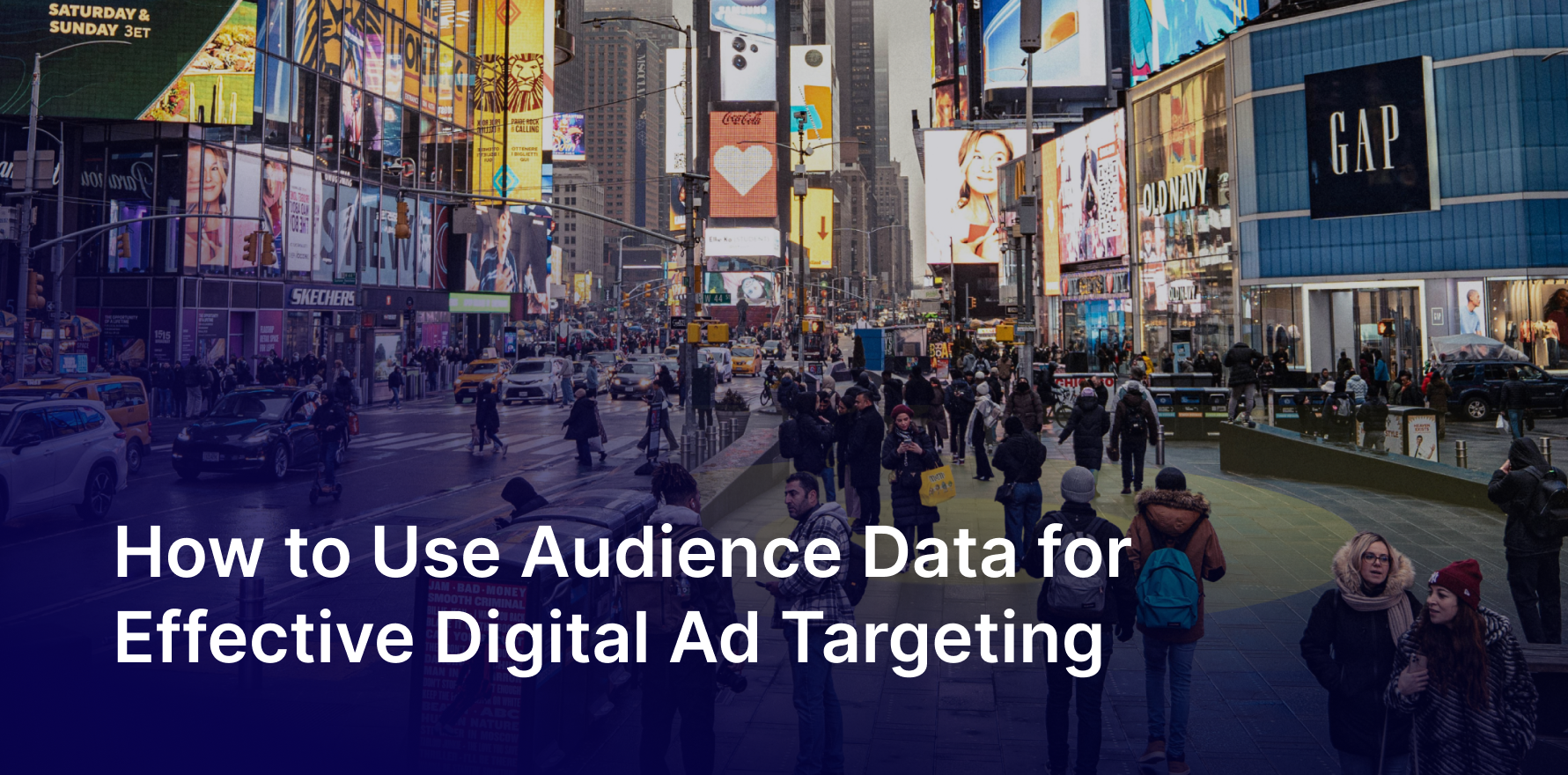In the next instalment of #RealAudiences, we are diving into the world of fashion retail. We look at some of the best audience segments that fashion retail brands should target to get the best out of their campaigns. Several of the world’s top fashion brands spare no effort to ensure that their communication is seen and has an impact on the right audiences.
Fashion retail is no longer about broad campaigns; it’s about speaking to the right shopper, at the right time, on the right channel. Whether it’s trend-driven buyers, luxury seekers, or nightlife fashionistas, targeting refined audience segments is the fastest way to achieve higher ROI and stronger engagement.
Here are 8 audience groups that fashion retailers should prioritize, along with strategies to maximize impact.
1. Clothing and Accessories Shoppers
Shoppers, consumers who are trendy and fashion-oriented, who shop regularly
Frequent shoppers of clothing and accessories, or as some like to call them, Shopaholics, are a passionate crowd. They are generally up to date with the latest fashion trends and ensure that shopping is a constant entry in their monthly budgeting. Brands in the fashion industry dealing with clothes and accessories should definitely focus on this audience as they are sure to be guaranteed repeat customers for them.
These shoppers are also heavily influenced by social media platforms and fashion influencers, making them quick to adopt trending styles and seasonal looks.
They respond well to limited-edition launches, collaborations, and personalized offers such as loyalty rewards or early access to new collections. By engaging them with cross-channel campaigns that combine app promotions with in-store exclusives, retailers can not only secure repeat purchases but also strengthen long-term brand loyalty.
2. Luxury Shoppers
Luxury consumers may not shop as frequently as other groups, but they make up for it with higher spending on premium items such as jewelry, watches, and designer apparel. By targeting this segment, brands can promote their high-end luxury items to a more receptive audience to their communications.
They are drawn to exclusivity and status, seeking products that reflect quality and prestige rather than necessity. This audience responds best to limited-edition collections, private launches, and personalized brand experiences that make them feel valued.
By creating a sense of exclusivity and aligning with aspirational lifestyles, fashion retailers can tap into their willingness to invest in high-ticket purchases and build lasting brand affinity. For example, a jewellery brand would have a better chance of engagement from this audience than a consumer who is more attuned to being a convenience store shopper.
3. Mall Visitors
Consumers who frequently visit malls.
The typical mall visitor is an audience segment that remains highly valuable, as malls continue to function as social destinations where people shop, dine, and spend time with friends and family.
Many visitors arrive without a specific purchase in mind, which makes them open to discovery and impulse buying. Retailers can maximize this opportunity by offering in-store exclusives, hosting pop-up activations, and running mall-based events that capture attention and drive foot traffic.
By turning casual visitors into active shoppers, fashion brands can strengthen both in-store sales and customer engagement.
4. Fashion E-commerce App Users
Consumers who use e-commerce apps that focus on fashion products.
This audience segment consists of digitally savvy shoppers who rely on e-commerce apps for much of their fashion purchasing. They are both fashion-conscious and convenience-driven, frequently browsing new arrivals and seasonal promotions on their mobile devices.
While they are accustomed to online shopping, they can also be encouraged to visit physical stores through incentives such as click-and-collect options, app-exclusive discounts, and personalized push notifications.
Retailers who provide seamless omnichannel experiences can successfully engage this segment and drive conversions across both digital and offline touchpoints.
5. Nightlife Spots Visitors
Consumers who visit popular nightlife spots.
People who frequent nightlife venues such as clubs, lounges, and music events often have a strong interest in fashion and trend-driven looks. This audience thrives on constant reinvention, seeking outfits that reflect their vibrant and modern lifestyles.
They are quick to embrace fresh styles influenced by nightlife culture, festivals, and social media trends. Fashion retailers can appeal to them through bold, trend-forward campaigns, influencer collaborations, and event-driven promotions that align with their desire for novelty.
By targeting consumers who frequent nightlife spots brands can start to see higher conversion rates as the consumers who see their messaging are always looking for newer and newer looks. The above high-quality audience segments used in combination or individually can help ensure your target the right customer who would be the most receptive to your communication, resulting in higher conversions and better ROI.
Factori has an audience size of over 152 Million users who can be classified as fashion retail shoppers based on places visited, geo-behavioural data, brand affinities, as well as app usage. This is a gold-mine for fashion brands looking for a refined audience targeting strategy.
6. Gen Z Trendsetters & Influencer-Driven Buyers
Gen Z shoppers are reshaping fashion through social media and influencer culture. They crave authenticity, fast-moving trends, and peer validation.
This audience responds strongly to short-form video campaigns, influencer partnerships, and hashtag-driven product drops. Retailers that stay on top of TikTok aesthetics and collaborate with micro-influencers can capture their attention and build rapid brand visibility.
7. Fitness & Athleisure Enthusiasts
The rise of athleisure has created a hybrid audience that blends fitness with lifestyle fashion. These shoppers look for stylish yet functional apparel suitable for gyms, studios, and everyday wear.
They value performance fabrics, comfort, and versatility, often favoring brands that merge sportswear with casual fashion. Retailers can connect with them through active lifestyle campaigns, fitness influencer collaborations, and event tie-ins (e.g., yoga festivals or marathons).
8. Sustainable & Ethical Fashion Shoppers
A growing audience segment values sustainability and ethical sourcing in fashion. These shoppers actively seek eco-friendly fabrics, transparent supply chains, and brands that align with their values.
They respond well to eco-collections, recycled materials, and cause-driven campaigns that highlight sustainability. By offering loyalty rewards for eco-conscious purchases or promoting limited “green” collections, retailers can win long-term trust from this values-driven group.
Conclsuion
Targeting the right shopper segments is key to driving higher ROI in fashion retail. From trend-driven buyers and luxury seekers to mall visitors, app users, and nightlife fashionistas, each group offers unique growth opportunities. By tailoring campaigns to these audiences, brands can boost engagement and build stronger customer loyalty.
To explore the business Use cases which Factori Audience data offers. Do check out Audience Data Schema and Download Free Data Sample.
You may also like










